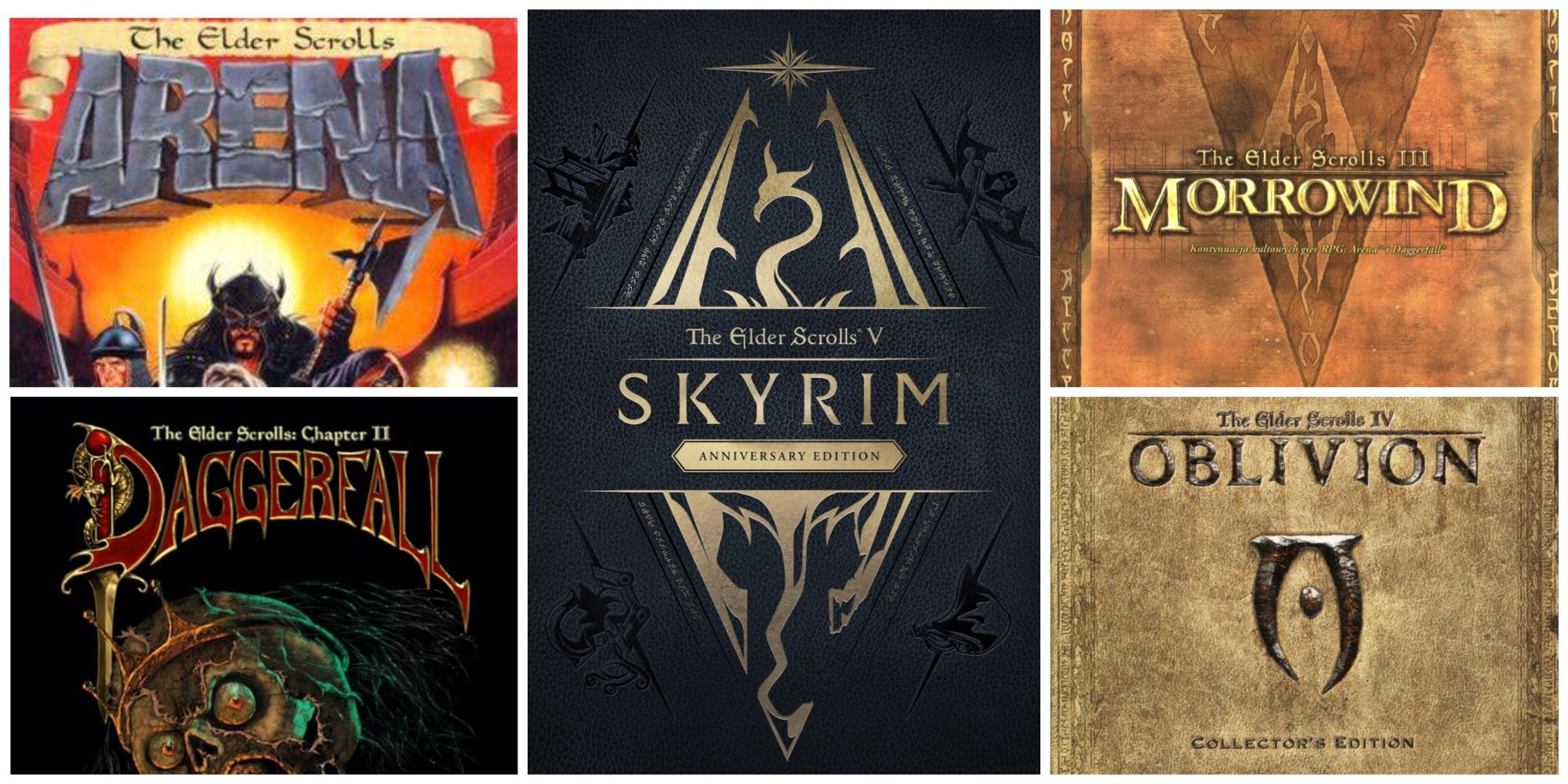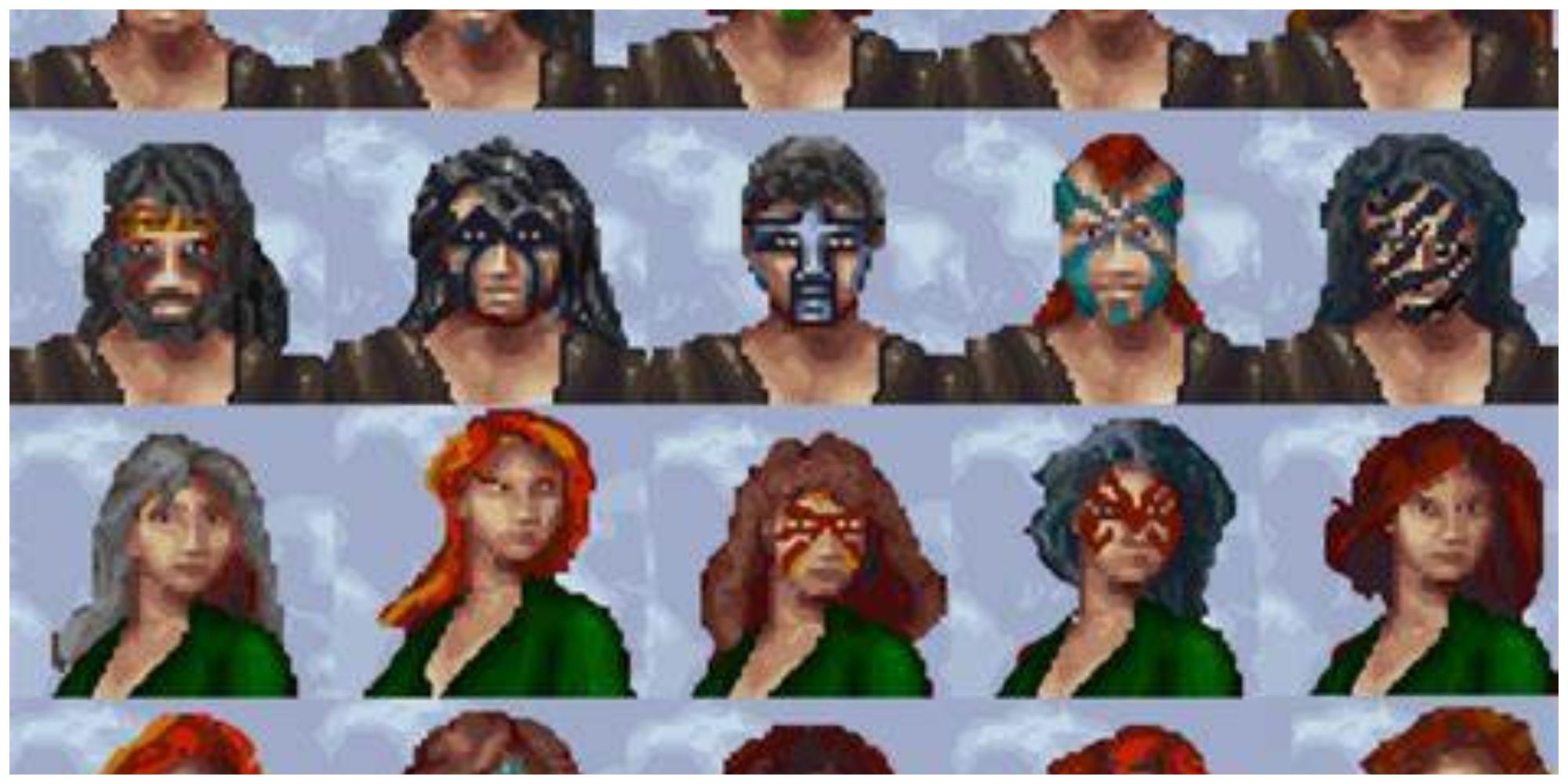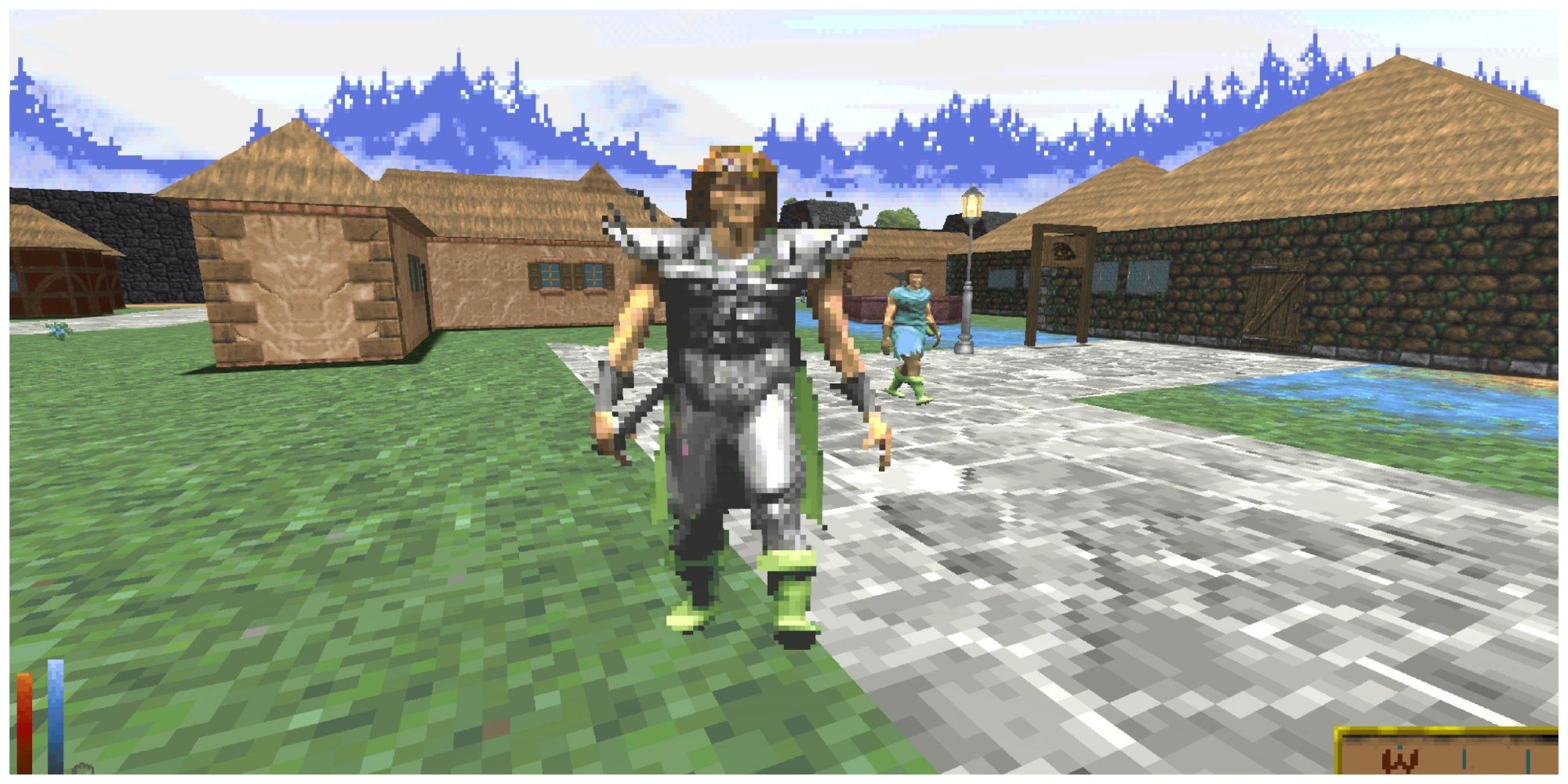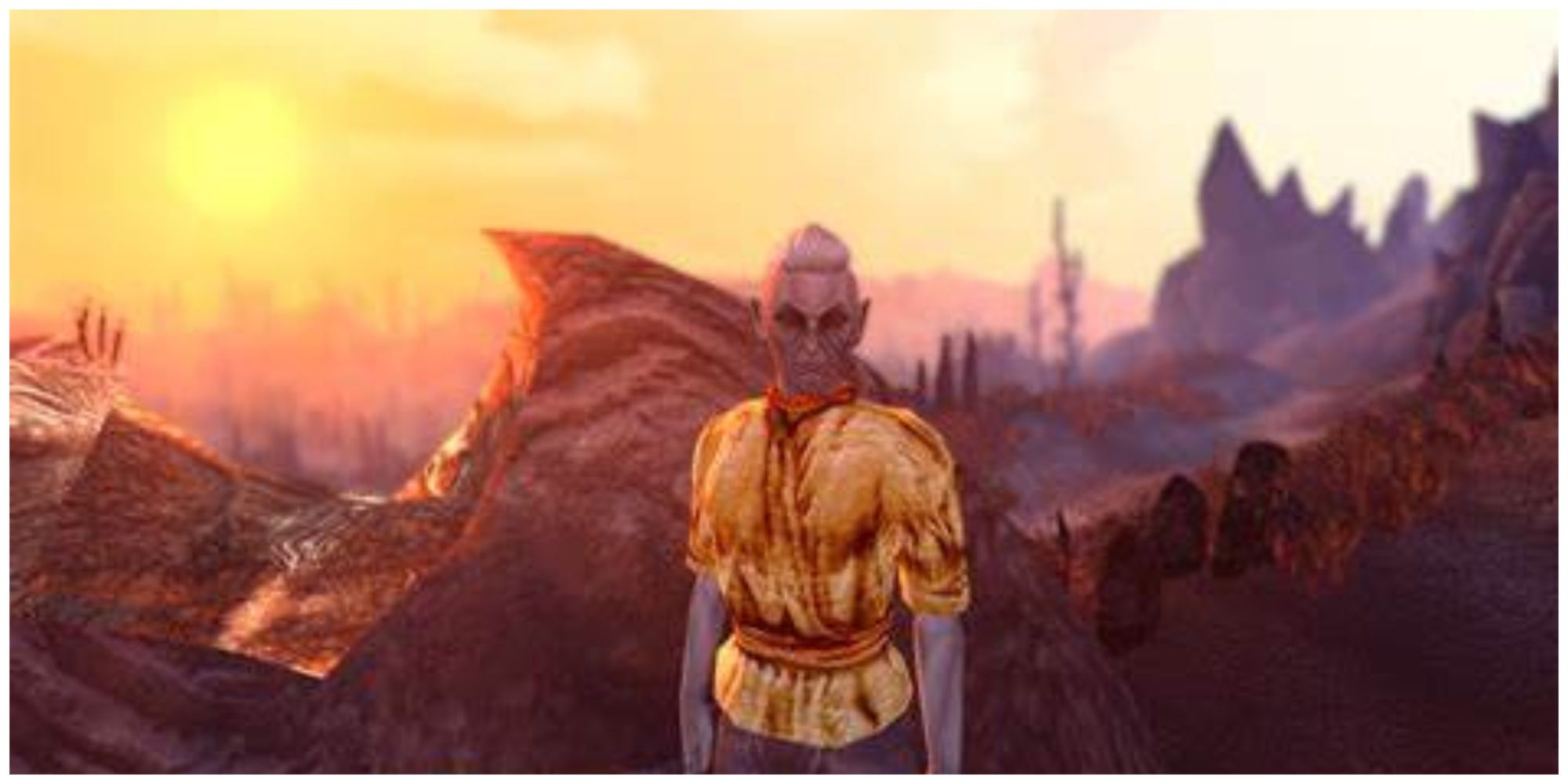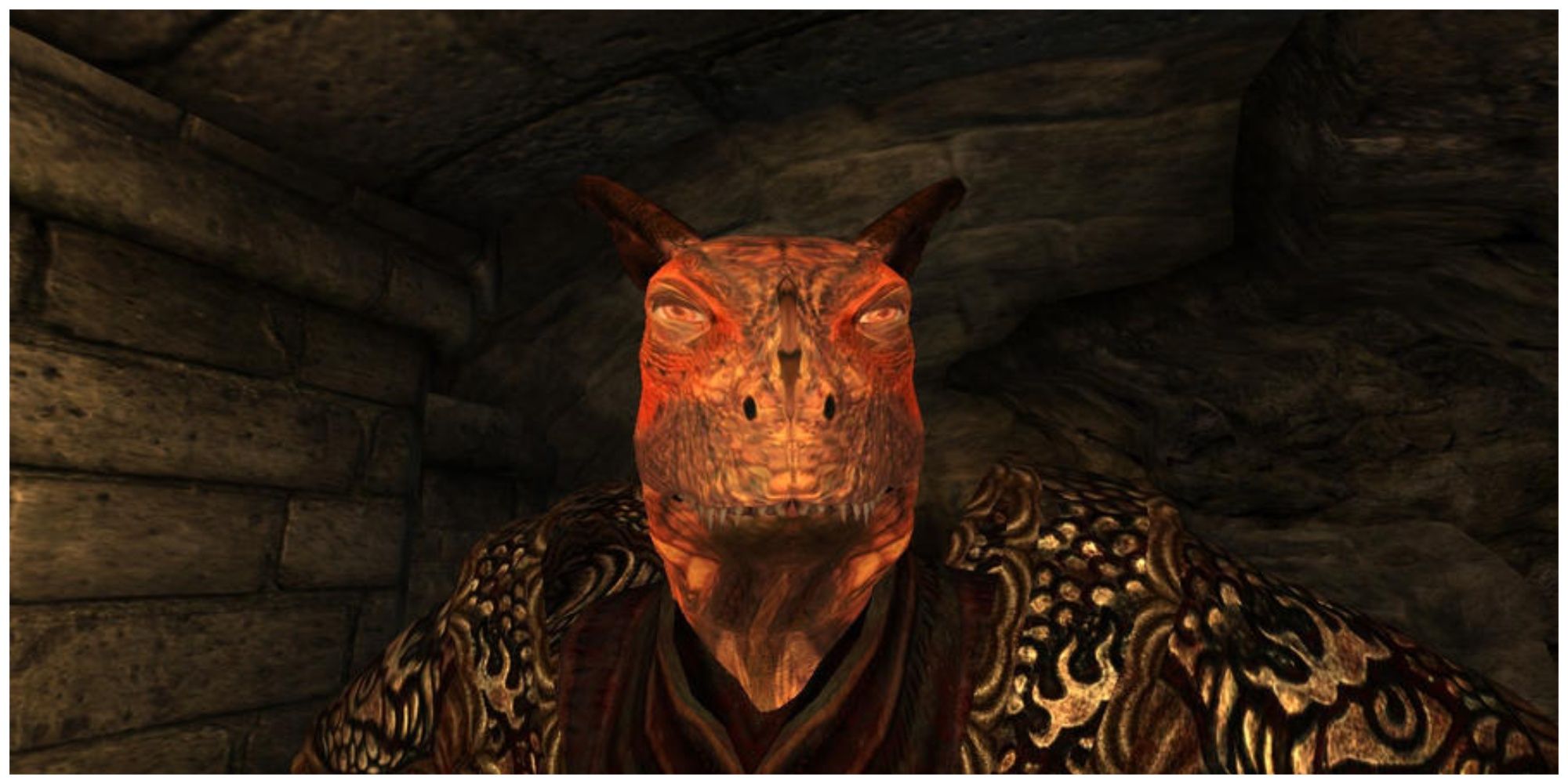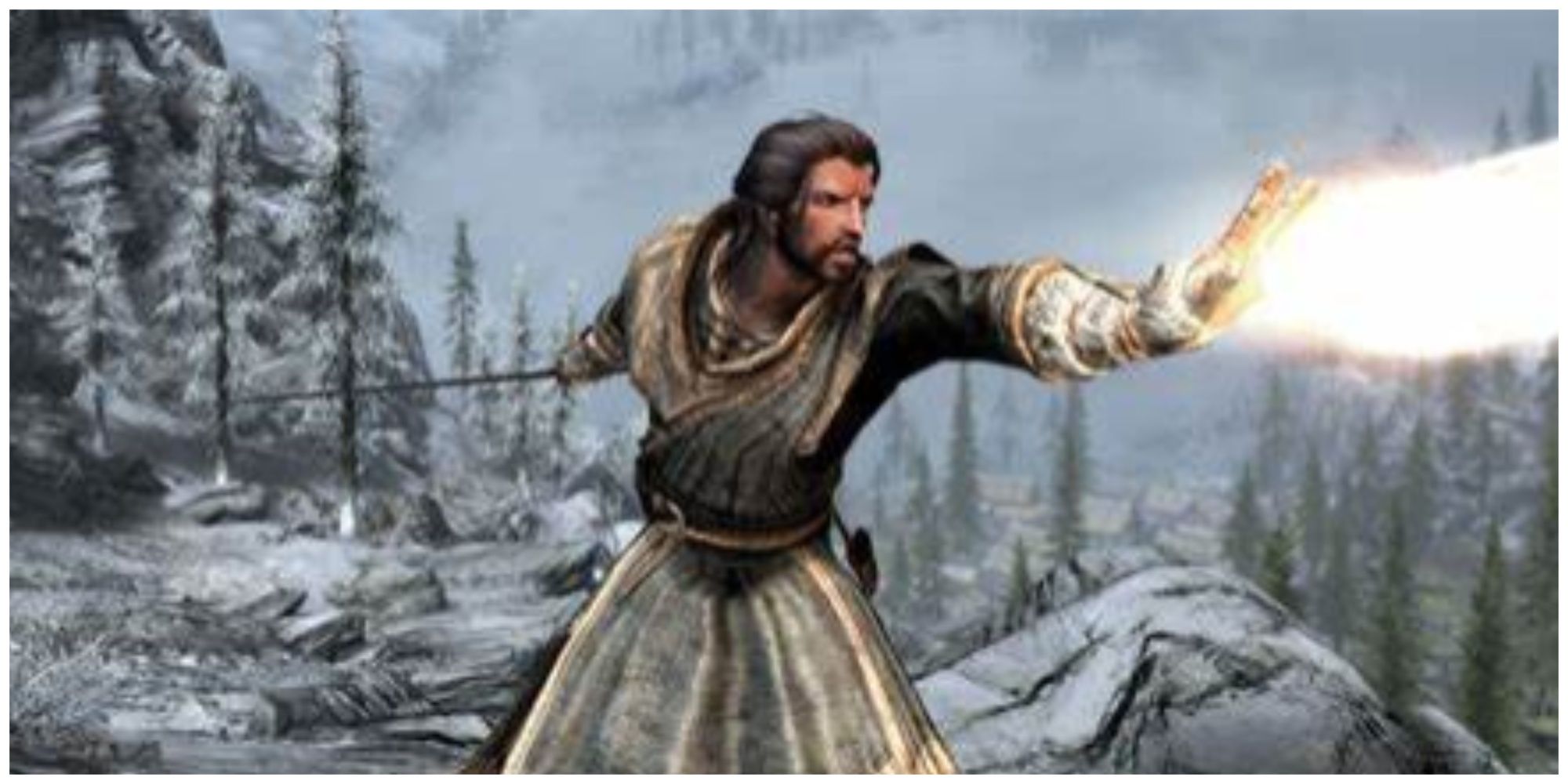The Elder Scrolls is a hugely popular fantasy RPG series full of lore and character history. Every time a player starts a new game in one of these titles, they will be tasked with creating a new character from scratch. Of course, the first step in character creation in an Elder Scrolls game is picking one of the ten races that live in Tamriel.
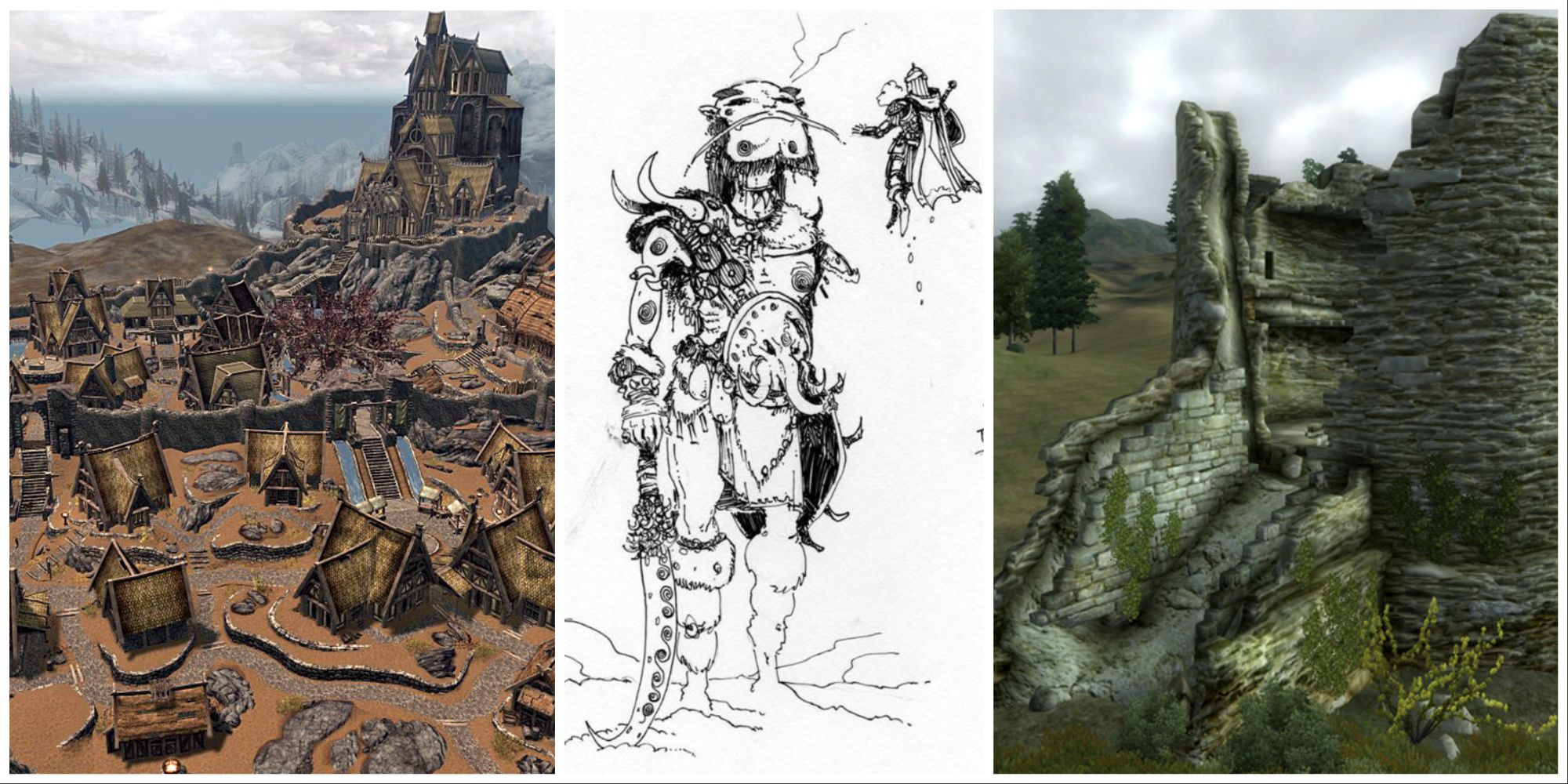
The Elder Scrolls: 6 Locations That Are Completely Different In The Lore
The lore of The Elder Scrolls describes some pretty incredible locations that have never been translated into the games.
Each race that lives in this fantasy kingdom has its own set of unique attributes and abilities. While it is possible to complete any of these games with whatever race players choose, some of these buffs make the game an easier experience. As a result, there are some races players would be better off picking depending on what Elder Scrolls game they play.
5 The Elder Scrolls: Arena
Khajiit
The Elder Scrolls: Arena
- Platform(s)
- PC
- Released
- March 25, 1994
- Developer(s)
- Bethesda Softworks
- Genre(s)
- Action RPG
The Khajiit race seen in the first Elder Scrolls game in the series is quite different from the ones found in later games. Instead of being literal cat-human hybrids, these Khajjit are fair-skinned humanoids from a desert region, who only paint their faces to look like the cats that hail from their lands. The lore also states that the Khajiit in The Elder Scrolls: Arena are lithe and acrobatic, which is why they excel at climbing and sneaking.
The open world in Arena is huge, but the combat is much more clunky due to the age of the game. Therefore, most players will find it easier to play this game by using stealth over melee combat and magic. The Khajiit race receives bonuses for their pickpocketing skill and medium armor skill at creation. They also gain the robustness feat, which will give the character a natural health increase. Such a trait is useful when the player gets caught sneaking around and has to engage an enemy in a fight.
4 The Elder Scrolls 2: Daggerfall
High Elf
The Elder Scrolls 2: Daggerfall steps things up from its predecessor in a big way. The world is still highly pixelated, but combat is focused more on using magic. With this being the case, playing as a High Elf (Altmer) is a must for anyone looking to have an easy playthrough of this game.
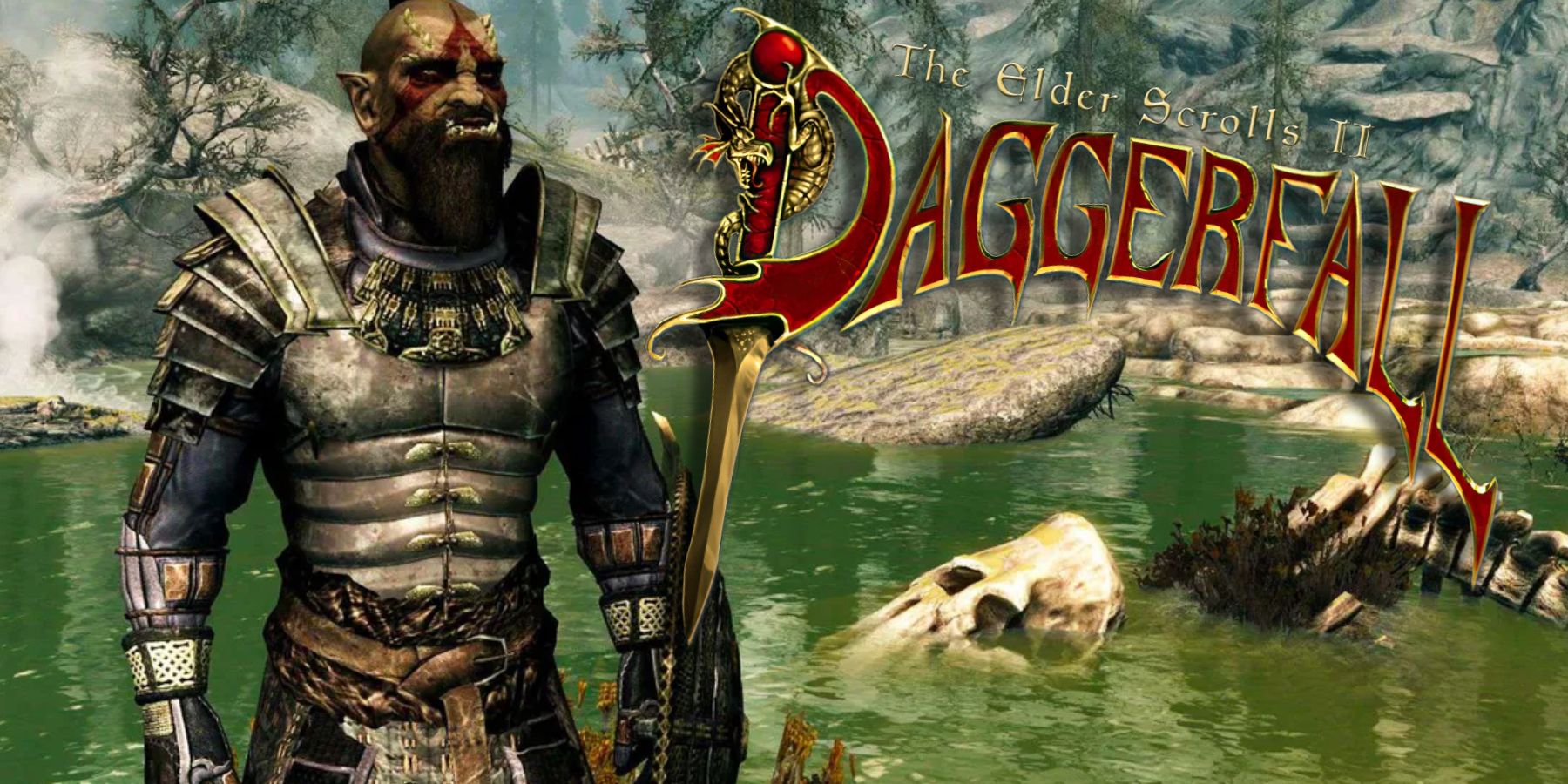
Amazing Elder Scrolls Mod Makes Skyrim Look and Play Like Daggerfall
A gamer online shares a Skyrim clip that makes the game look and play like the classic Elder Scrolls title, Daggerfall.
The High Elves have a +10 to their starting willpower, which makes them much more adept spellcasters as their will store will regenerate much faster in combat. Also, this race has immunity to the paralysis spell, which is used a lot in Daggerfall. An update to the game later changed this complete immunity to a 75% resistance to that type of attack, but it is still a significant bonus.
3 The Elder Scrolls 3: Morrowind
Dark Elf
The Elder Scrolls III: Morrowind
- Platform(s)
- PC , Xbox (Original)
- Released
- May 1, 2002
- Developer(s)
- Bethesda Game Studios
- Genre(s)
- RPG
The grey-skinned elves in The Elder Scrolls are native to Morrowind, a province located in the east of Tamriel. Since this is the setting for the third game in The Elder Scrolls series, players are best served using this race for an easier playthrough for several reasons.
The first is that the Dark Elves of Morrowind are an elitist race. This means that the locals in the region will act more pleasantly towards a player who is role-playing one of their own. Secondly, this race is best at being a jack of all trades. They are easy to level up in standard combat skills and magic. Therefore, players can choose to play the game however they choose when playing as a Dark Elf in Morrowind.
2 The Elder Scrolls 4: Oblivion
Argonian
The Argonian race in Tamriel are lizard-like folk who live in the Black Marsh region. They were largely looked down on by other races and were even enslaved in some regions. As such, it is likely that an Argonian found in an Elder Scrolls game will be poor or on the wrong side of the law. That makes it strange that it is easier to play as an Argonian in the game that is set in the wealthiest part of Tamriel.
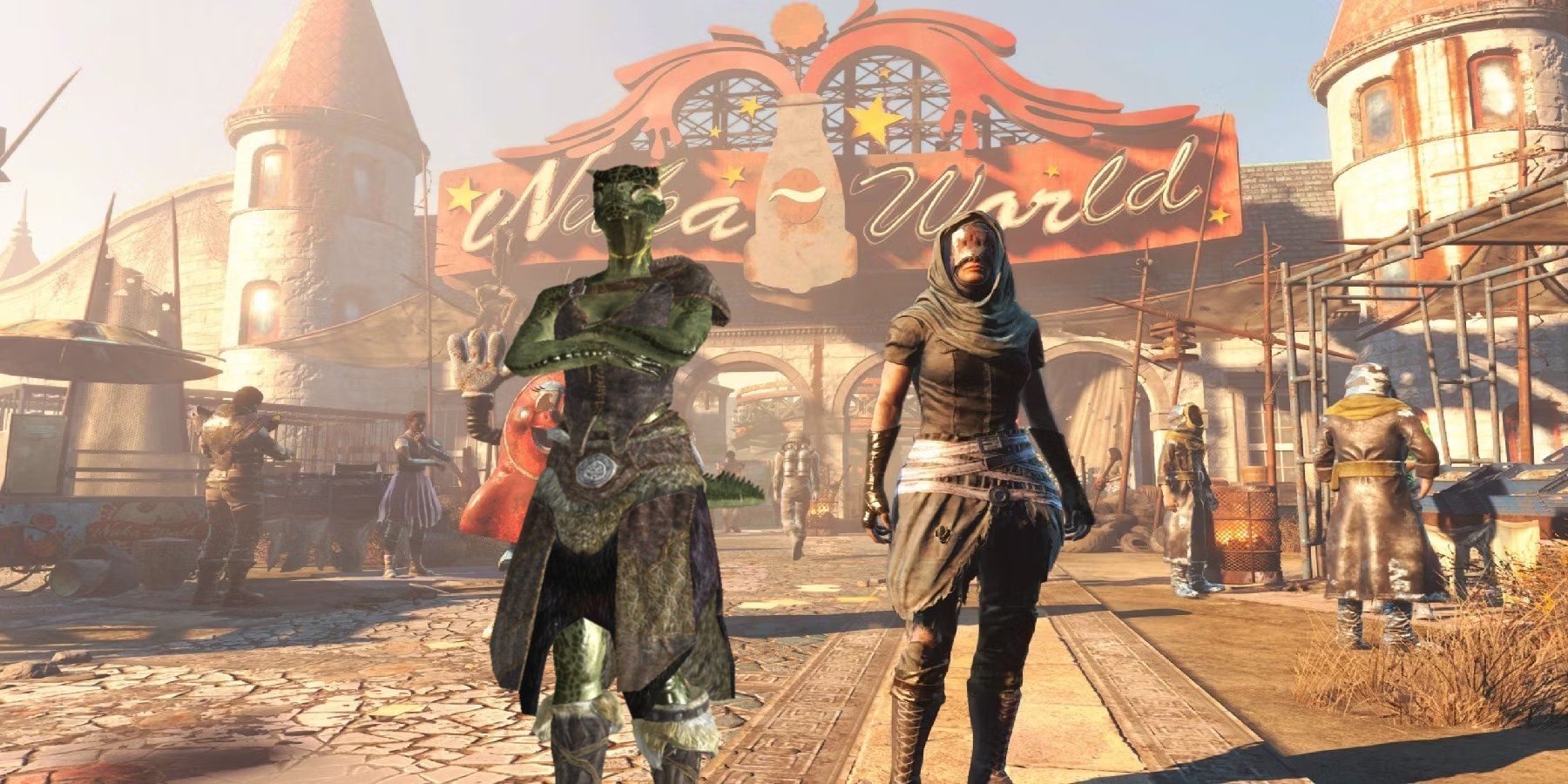
Strange Fallout 4 Mod Brings Skyrim's Argonians to the Wasteland
A strange mod recently released for Fallout 4 brings Argonians from the land of Skyrim, straight into the Commonwealth wasteland.
An Argonian character may not be fondly looked upon by the NPCs in this game, but their natural resistance to poison damage makes them a great choice when trying to close the Oblivion gates in the story. Plus, the ability to breathe underwater makes it easier for players to complete other side quests, like the Thieves' Guild and Knights of the Nine DLC.
1 The Elder Scrolls 5: Skyrim
Breton
Bretons in The Elder Scrolls are a confusing race for most players. They often look like a standard Imperial with additional magic abilities. This is because they are believed to be the descendants of a race that combines High Elves and Imperials within the games' lore. Either way, the Bretons' natural magical ability is paramount in a game like Skyrim.
Each Breton in Skyrim starts with a +25% resistance to all magic. This trait comes in handy when facing a ton of draugr or dragons with frost magic in the main story. Also, their +10 to conjuration helps maintain their innate Conjure Familiar spell. Anyone looking to deviate from a stealth archer build in Skyrim should definitely aim to make a Breton mage.

